REVIEW – Tango Gameworks has left the survival-horror genre behind and landed on the shores of action-adventure gaming with Ghostwire: Tokyo. The studio, founded by Shinji Mikami (Resident Evil, Dino Crisis), invites us to explore the city of Tokyo and confront a mysterious anomaly in a supernatural epic. Could this open-world title from Bethesda Softworks have made a lasting impression?
It’s been a long time since I’ve seen a AAA open-world game that didn’t burn me out long before the credits rolled. Ghostwire: Tokyo is about as long as games in the genre were about a decade ago. That’s more than 20 hours if you play through the main story alongside the major side content. This is a far cry from the endlessly bloated games of most modern games. The story is interesting in places but takes a back seat to the exploration and combat. Both are enjoyable, even if the combat has many problems, including not being as varied as you might expect.
“This town is coming like a ghost town” (The Specials)
The story is that a dark ritual plagues Tokyo. The people’s bodies in the city disappear as their souls are stolen by a madman wearing a Hannya mask who tries to bring people back from the dead. He never gets a name, and his goals are vague. As for Akito, the main character, he’s as dead as everyone else, but his body hasn’t disappeared when the Ghostwire: Tokyo story begins. The ghost of the recently deceased necromancer KK, sensing his affinity for all things spiritual, possesses Akito’s body. Akito is initially reluctant to help KK stop the Hannya-masked villain but later agrees, only to protect his comatose sister.
His sister, Mari, is kidnapped by the bad guy because, for some reason, “she is the key to his evil plan”. His plan and why Mari is part of it are a mystery. The game never explains this huge coincidence, nor does it try to make sense of it, so you just have to accept it.
While the story of Ghostwire: Tokyo isn’t bad, the characters in the game are just characters: no one is particularly interesting or unique. Akito, for example, is a dull, average guy who finds himself in an extraordinary situation. KK is the professional and perpetually grumpy “expert” (kind of like The Shark’s veteran shark hunter) who is always dispensing hard truths. (Muhahaha!) the bad guy is bad and does bad things because… he’s inherently bad.
Tokyo, as you’ve never seen it before
So suffice to say, you won’t play Ghostwire: Tokyo for its narrative – although, given its various cliché-free twists and turns, it’s actually not that bad either. However, the main reason you’ll keep coming back to this game once you get into it is the stunning atmosphere and superbly crafted ghostly Japanese capital of Ghostwire: Tokyo itself. The visuals are incredibly detailed, and if you discount the fact that everything is haunted, you feel like you’re actually walking around Tokyo, so exploring the city is a tremendous experience. Simply put, it’s probably the best virtual representation of Tokyo you’ll ever see in a game – and that includes the Yakuza games.
The game is packed with various collectables to make this exploration even more enjoyable, giving you plenty of reasons just to run around eagerly hunting them down. If only because the way you have to use paper dolls called katashiro to rescue the ghosts that the main villain hasn’t kidnapped is also highly creative. You then upload said ghosts into phone booths (which still exist in Tokyo) in exchange for experience and money.
As for the gameplay, Ghostwire: Tokyo has a surprising amount of parkour. Akito can climb up to most rooftops, having gained the ability to tie himself to the Tengu (or “ghost birds”) flying around the city early on. If you choose to invest the skill points, you can summon the Tengu to several ledges later in the game – it all basically works like a Batman-style grapple.
It’s a great experience to roam the rooftops and collect ghosts while fighting enemies and keeping an eye on side missions and various collectables. There are over 50 Jizu statues in Tokyo, which increase your ammo supply. Unfortunately, they’re very hard to find, as their silhouettes look awfully similar to all the other junk when you use your spectral vision ability. There is also no way to find them more easily, so it can be difficult actually to locate most of them. The same is true of the game’s random collectables, but they don’t really serve any purpose that affects gameplay.
You’re not a ghost ninja…
Fighting in Ghostwire: Tokyo is engaging and enjoyable, but not without serious problems. One of these is that it lacks basic skills for no good reason. Akito is only given three ethereal energies to shoot with, while they are constantly dwindling. Wind (fast), water (wide but short-range) and fire (stronger and rarer) attacks are found early on and can be boosted with his skill tree. The shooting is a simple solution, but it is still a pleasant experience as you take down creepy and hostile ghosts.
One of the problems is that things get very repetitive very quickly because you only get three primary attacks early on. You don’t really learn anything new, and the skill tree doesn’t offer much in the way of meaningful improvements. Because of this, Akito doesn’t progress much for most of Ghostwire: Tokyo. He can use a bow and talismans, though, but you have to buy ammo to use them. Of course, this means that those who like to collect will hardly ever use them.
The scarcity of fire energy complicates things. You’re constantly replenishing your wind and water energy by smashing particular floating objects or fighting enemies. Fire energy, however, is much scarcer. Therefore, you will mostly alternate between two attacks throughout the game. You can charge these attacks to change their effects, but this does little to alleviate your attacks’ limitations. Enemies will mostly use melee attacks, and you can block these (perfect defence negates all damage). Still, Akito has no evasion or real movement, meaning he can’t dodge, which is the biggest negative of the game. This literally makes you feel sluggish in combat when an adequately designed dodge would have made combat much more enjoyable.
Dastardly deeds, filthy rude enemy waves
As for the difficulty level, it’s a bit odd because although Normal difficulty seems too easy in principle, so you tend to switch to Hard, it suddenly gets too hard at certain stages of the game. It’s true that the game gradually gets a lot easier as you increase your health (through levelling up and consuming consumables that heal you) and equip prayer beads that increase your damage. However, some enemies attack you with some pretty cheap and nasty moves, and the damage dealt by different enemies is not consistent enough: some enemies hurt you too much and can cut you down with just one or two hits. You’ll also face some nasty waves at times, as the game likes to throw you into tight areas with enemies that spam you with projectiles. The AI isn’t very steely otherwise, but the enemies in this game are particularly sneaky at times. While you’re concentrating on the fight, boom, you’re about to get hit by an enemy hiding behind a line of enemies in front of you.
However, it’s a pretty neat combat mechanic that if you do enough damage to an enemy, their core will pop out of their spirit body. If you grab this (either with rope or bare hands), you kill the enemy instantly. However, suppose you are hit from a distance while grabbing the core. In that case, this killing animation is immediately cancelled, and the enemy closes this weak point, meaning you missed the opportunity to take it out quickly. This can be pretty frustrating, especially when you get hit in the aforementioned sneaky way.
Unfortunately, other, somewhat amateurish combat-related game design solutions made Ghostwire: Tokyo’s combat system bleed slightly. It’s a shame because this game could have been a true classic if the developers hadn’t made any mistakes in this area.
One of the most beautiful titles on PlayStation 5
Before releasing the new generation of consoles, both significant manufacturers were hyping the hype about how ray tracing would be superb. Still, the truth is that relatively few games use the effect to the extent that it’s really spectacular. Fortunately, Ghostwire Tokyo is one of them: thanks in part to the ray-tracing effect, the game is beautiful. I specifically tested the game on PlayStation 5 and didn’t have any technical problems, but I have read PC tests where there was some inaccuracy and tearing around the mouse movement. That is, if you turn it on, because even on PlayStation 5 there are five different settings and only one of them has ray tracing. Unfortunately, you have to give up 60 fps, but I have to say that for this game, it’s really worth going for 30 fps for the sake of the visuals.
On the technical side, the PS5’s DualSense force feedback support is simply stunning. Thanks to technology developed by Sony and the game’s developers, every raindrop, spell, and punch is perfectly felt.
But we can’t complain about the massive amount of content you’ll find when exploring the city. It took me 22 hours to play through the main story of Ghostwire: Tokyo, completing all the primary side content and finding 70% of the ghosts. The game has a lot of side quests, which are generally quite interesting, although most of them have to be completed in the same way. Many of these have their own story and usually revolve around Akito and KK stopping a curse or investigating other supernatural mysteries. To do so, they also require talismans and hand seals. Completing these side quests earns you a magatama reward, unlocking new abilities. In this game, you become a real onmyouji (a Japanese “magician” with supernatural powers), which I found quite exciting. You also have to fight a lot of youkai.
There are a few boss fights, but they are light and pretty much nonexistent – including the final fight – which felt like a bit of a missed opportunity. Once you’ve finished the game, you can go back and finish what you’ve missed so far, but you don’t get any new content. You only get prayer beads, which you can use to charge spirits without using a payphone. You can also take certain things with you to a new game if you want to start over.
Do all roads lead to Tokyo?
It’s rare that a game, despite its problems, captivates me so much. The combat isn’t as good as it could have been, and the story is pretty average (mostly due to the boring characters and protagonists), but I still really enjoyed my time with Ghostwire: Tokyo and honestly couldn’t put it down until I finished it. It’s a bit dated and will probably be perceived as pretty light by many hardcore FPS faces. But the world itself is so enjoyable, and playing as an onmyouji is so much fun that you won’t easily buy a return ticket once you’ve made the trip to this ghostly Tokyo.
-BadSector-
Pro:
+ Tokyo’s artwork is stunningly visual on PS5, with superb DualSense support
+ Addictive, fun gameplay with lots of content, with items to pick up
+ The game’s highly atmospheric depiction of Japanese mythology and spirituality
Against:
– The story is pretty average, with somewhat boring characters and dialogue
– No dodge, and the fight has other shortcomings
– Slightly “mixed up” difficulty level – sometimes too easy, sometimes too hard
Publisher: Bethesda Softworks
Developer: Tango Gameworks
Genre: Open world, horror action-adventure
Release date: March 25, 2022
Ghostwire: Tokyo
Gameplay - 8.2
Graphics - 9.2
Story - 7.2
Music/Audio - 7.8
Ambience - 8.4
8.2
EXCELLENT
It's rare that a game, despite its problems, captivates me so much. The combat isn't as good as it could have been, and the story is pretty average (mostly due to the boring characters and protagonists), but I still really enjoyed my time with Ghostwire: Tokyo and honestly couldn't put it down until I finished it. It's a bit dated and will probably be perceived as pretty light by many hardcore FPS faces. But the world itself is so enjoyable, and playing as an onmyouji is so much fun that you won't easily buy a return ticket once you've made the trip to this ghostly Tokyo.

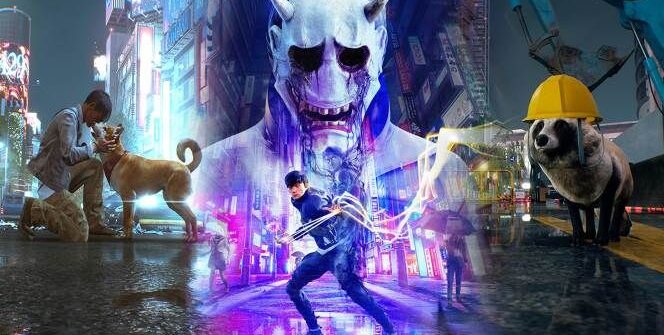
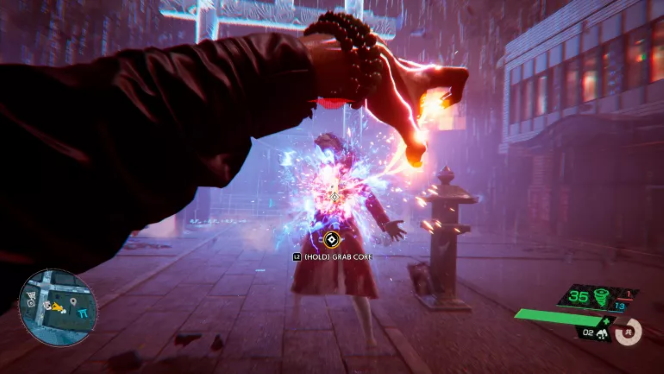
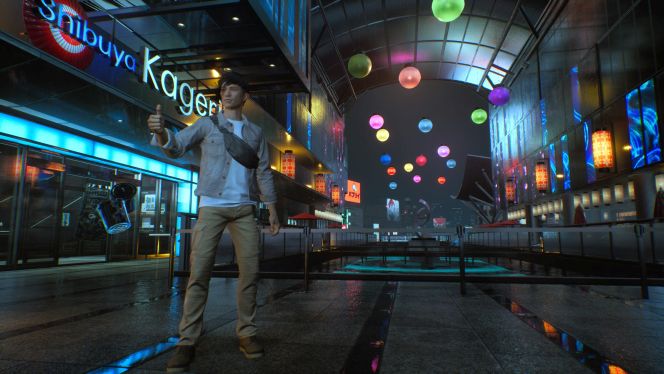
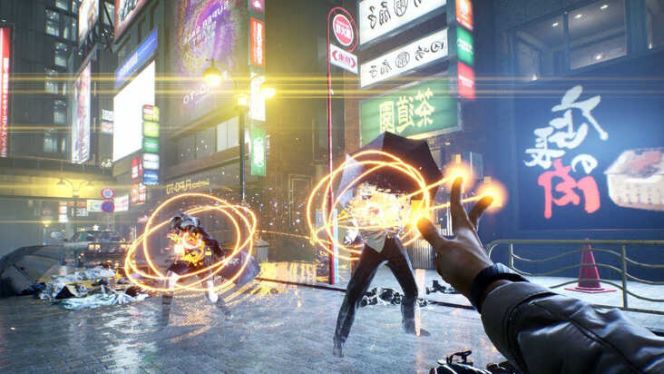
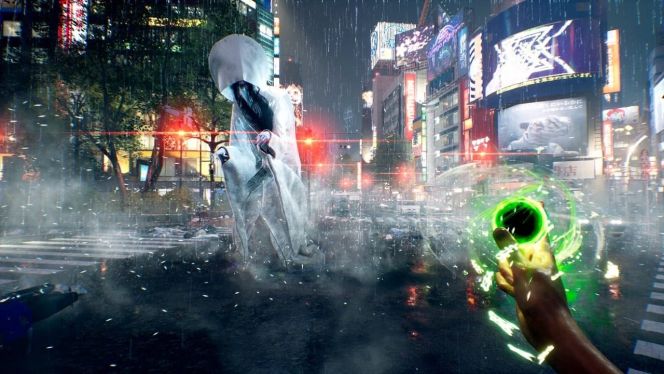
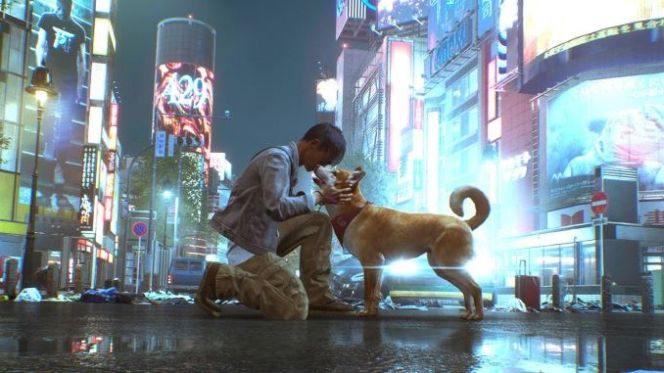



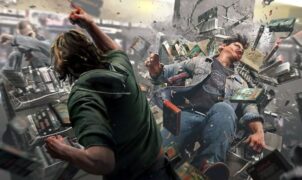







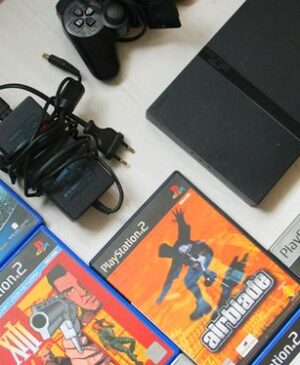

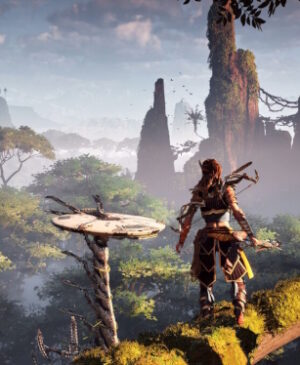
Leave a Reply